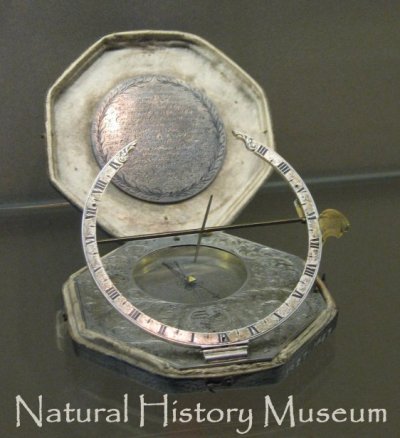
 |
This enormous and famous museum is right down the street from my office and housed in one of the most beautiful buildings in London. The exhibits that it offers for free viewing to the public are of course extremely important, but the Museum's true value is probably to the scientist and researcher. However, they do support a broad educational program and their website has some wonderful resources in this line, as well as the technical descriptions of their voluminous collections that probably don't mean much to the layperson.
I also think that just devoting such an amazing building to the conservation, preservation, study, and display of scientific objects says a lot about British society's commitment to science and the justified pride they have in their history's scientific achievements. That's why I've devoted so much of this page's space to photos of the building and its details. It was as hard to stop taking pictures there as it was at the Tower Bridge or Big Ben. Larger versions of these photos, and several more, are available in this Flickr set. And you can read about my two visits to the Museum in these blog posts: visit 1 • visit 2
But just take a look here at this lovely, lovely structure:
 |
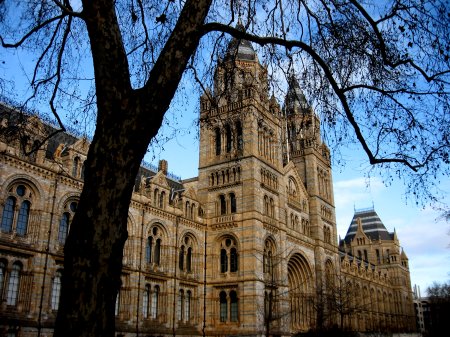 |
The inside, especially the main hall, is just as impressive, and perhaps moreso. It reminded me of cathedral spaces, and I fully support according science such an important cultural place:
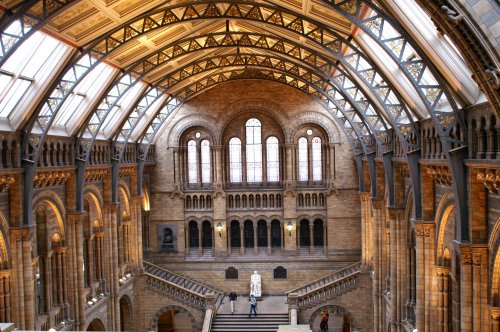 |
 |
The impressive statue you see on the landing in the photo on the left above is this one of Darwin, a favorite son in the UK, as opposed to the controversial figure he is in some American circles. I paid to tour a special Darwin exhibit at the Museum late in my London stay and thoroughly enjoyed it; here's my blog post about it. On the right below is the gee-whiz escalator leading to the Earth Sciences section of the Museum, an up-to-date contrast to the dignity of the seated Darwin, and a good example of how the Museum has modernized its display areas. The walls on either side of the escalator show you astronomical graphics and little niches with interesting geological artifacts.
 |
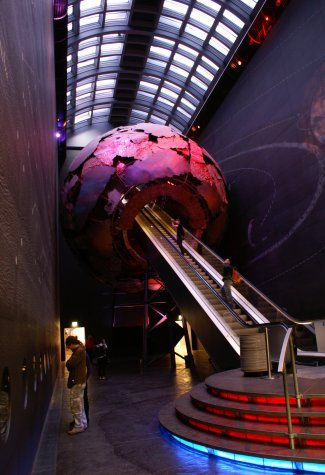 |
Fossils and animals are two of the Museum's major areas, though, and here are examples of exhibits dealing with them:
 |
 |
Of course dinosaurs are some of any Museum's most popular animals, and the NHM is particularly famous for its T. Rex:
 |
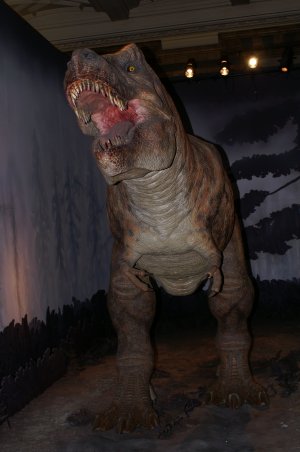 |
But I have to come back to the building in closing, both for its overall structure, and its details, decorative and symbolic, such as this beautiful jade bowl and the charming critters (jack-a-lopes?) decorating, respectively, a stairway bannister and a section of wall:
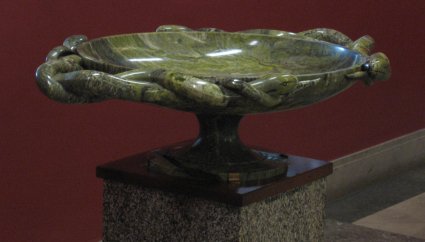 |
 |
The fanciful decor extends to the exterior of the building as well, as you can see from this closeup of a section of the roof, complete with gargoyles:
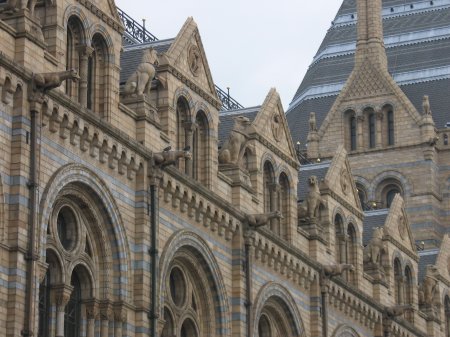
 |
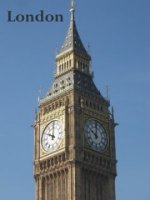 |
 |
 |
Back to Dream Season home • Back to London home • Back to Museums home • Back to Science Museums home